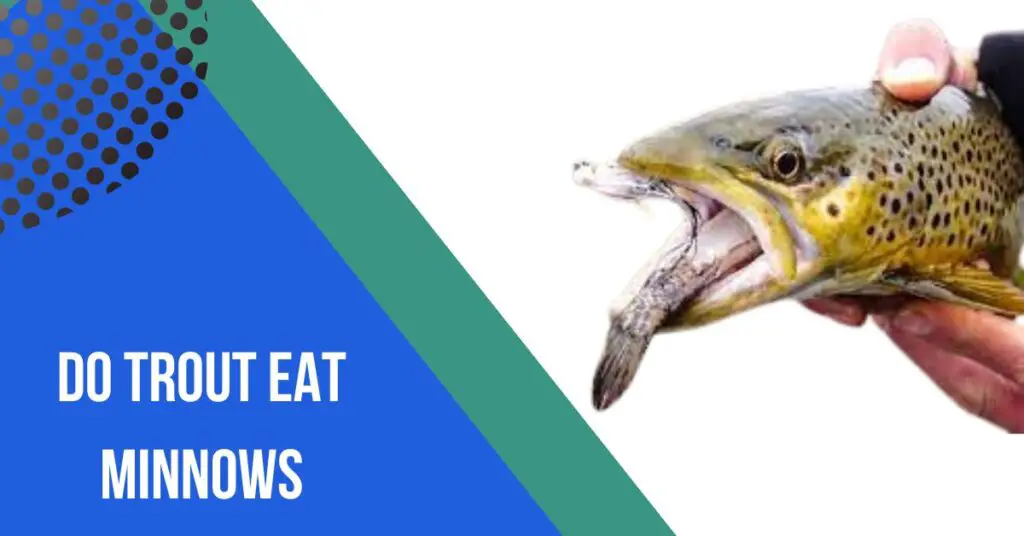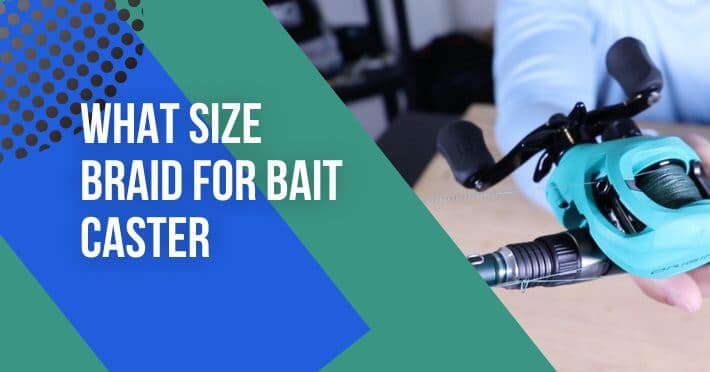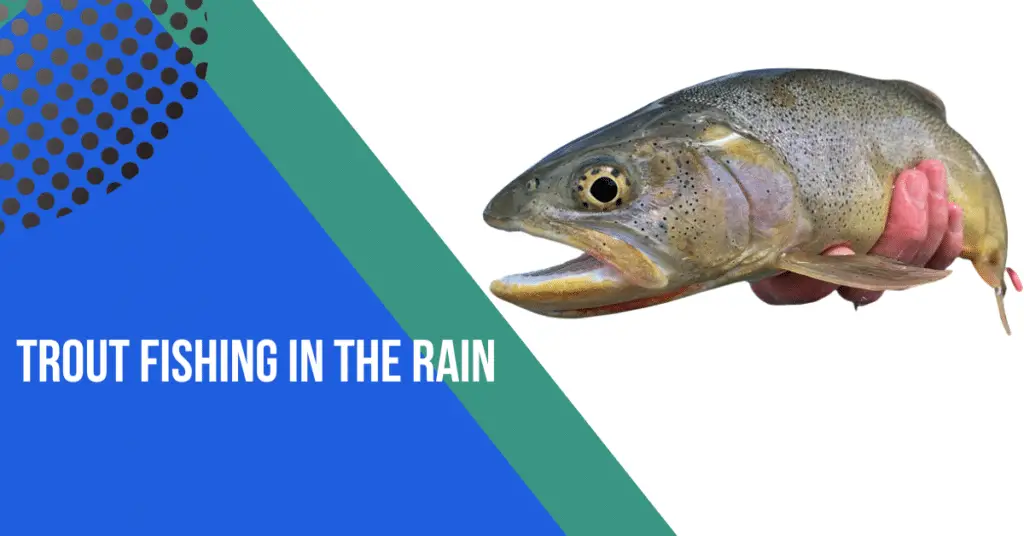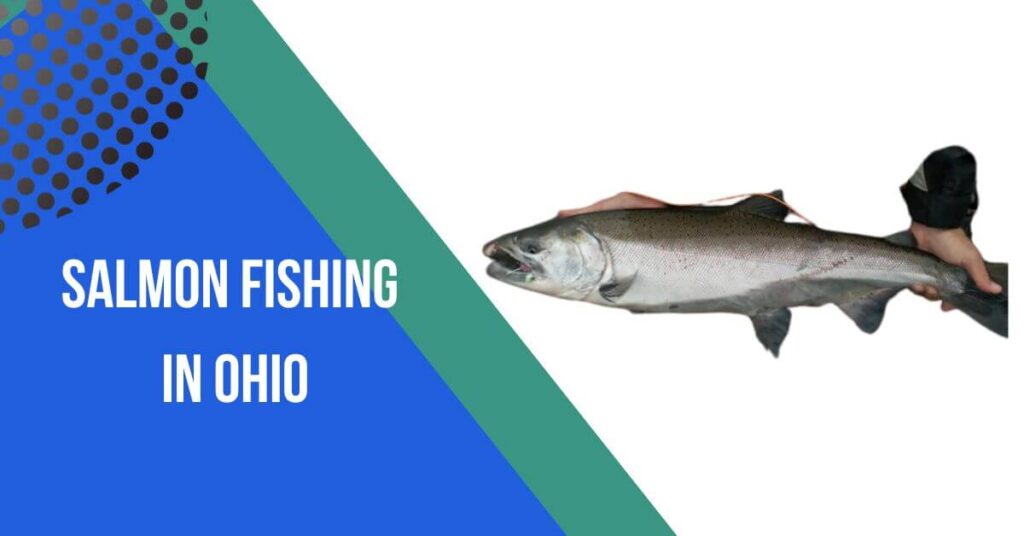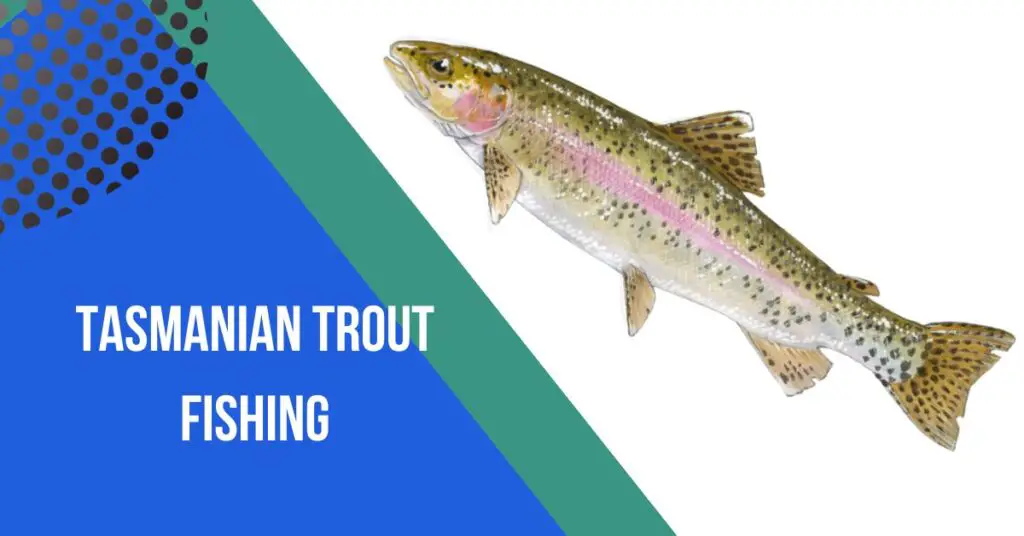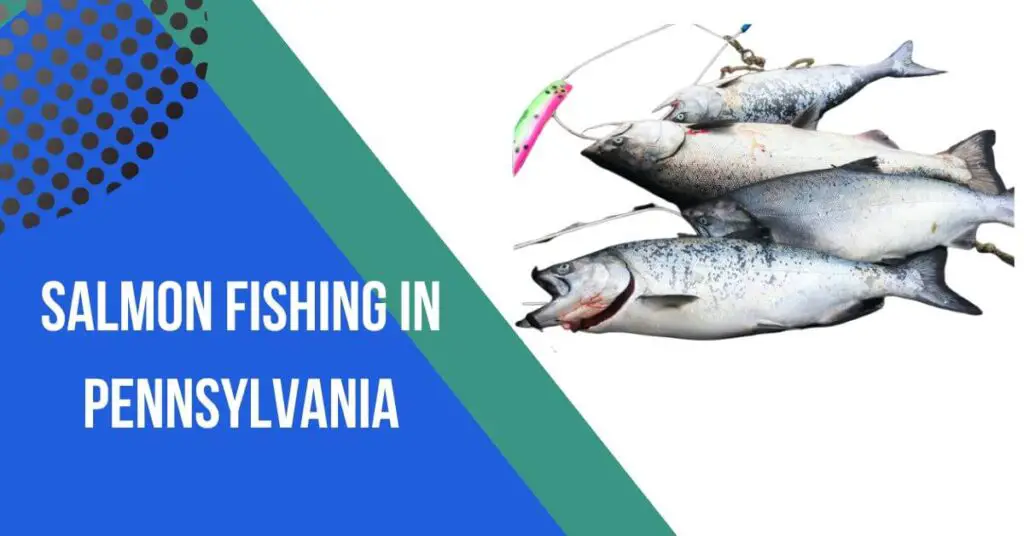Contents
- 1 Do Trout Eat Minnows:
- 2 Significance Of Understanding Trout Diet:
- 3 Habitat Characteristics:
- 4 Conclusion:
- 5 FAQs:
- 6 1. What do trout eat?
- 7 2. Do all trout species eat the same things?
- 8 3. Why are trout considered indicator species?
- 9 4. What is the best bait for trout fishing?
- 10 5. What are the preferred habitat characteristics for trout?
- 11 6. How does climate change affect trout habitats?
- 12 7. Are all trout cold-water fish?
- 13 8. Why is understanding the trout diet important for anglers?
- 14 9. How can human activities impact trout habitats?
- 15 10. Are trout populations threatened?
Yes, trout are known to feed on minnows. Minnows are a common prey for many species of trout, and they are often part of the natural diet of these fish.
Trout are opportunistic predators and will consume a variety of aquatic insects, small fish, and other organisms.
The preference for minnows can depend on the specific type of trout and the characteristics of their habitat. Lets dive into do trout eat minnows.
When it comes to enticing trout, few snacks are as delectable as minnows. These little swimmers are a true delight for larger trout, devoured with the same enthusiasm as candy. While not every angler opts for minnows as bait, if your aim is to reel in that trophy-sized trout, minnows should be your top choice.
Do Trout Eat Minnows:
Trout are opportunistic predators with diverse feeding habits that vary depending on species, habitat, and environmental factors. Here’s an overview of the general feeding habits of trout:
- Carnivorous Nature:
Trout are carnivorous fish, primarily prey on other aquatic organisms. - Small Fish and Minnows:
Trout often targets smaller fish, including minnows and other juvenile fish species. The pursuit of minnows is common, especially in larger trout. - Crayfish and Crustaceans:
Crayfish and other crustaceans are also part of a trout’s diet. They are attracted to the movement and vulnerable nature of these prey items. - Amphibians:
Depending on the species and size of the trout, amphibians such as frogs and tadpoles may be included in their diet. - Worms and Larvae:
Earthworms, aquatic worms, and insect larvae are additional food sources for trout. These organisms are often found in or near the stream bed. - Seasonal Variation:
Feeding habits can vary seasonally. For instance, during the warmer months, trout may actively pursue larger prey, while in colder months, they might focus on smaller, slower-moving targets. - Opportunistic Feeding:
Trout are known for their opportunistic feeding behavior. They take advantage of available food sources and adjust their diet based on what is abundant and easily accessible. - Visual and Scent Cues:
Trout rely on visual and scent cues to locate prey. They are adept at detecting the presence of potential food through sensory organs like lateral lines and olfactory receptors.

Understanding the diverse feeding habits of trout is essential for anglers seeking to effectively target them with appropriate bait and lures. It also plays a role in the broader ecosystem, highlighting the interconnectedness of aquatic food webs.
Significance Of Understanding Trout Diet:
Understanding the diet of trout holds significant importance for various reasons, ranging from ecological balance to effective angling practices.
Here are key reasons why understanding the trout diet is crucial:
- Ecological Balance:
Trout are integral components of freshwater ecosystems. By understanding their diet, scientists can assess their role in maintaining ecological balance, especially in regulating populations of prey species.
- Conservation and Management:
Knowledge of trout diet helps in formulating effective conservation and management strategies. It allows authorities to identify potential threats to trout populations and implement measures for their protection.
- Ecosystem Dynamics:
Trout interact with various organisms in their habitat. Studying their diet provides insights into the dynamics of aquatic food webs, helping researchers understand how changes in one species’ abundance can affect others. - Indicator of Water Quality:
Trout are sensitive to changes in water quality. Monitoring their diet can serve as an indicator of the health of aquatic ecosystems. Shifts in diet composition may suggest alterations in habitat conditions or the presence of pollutants.
- Sport Fishing Success:
Anglers benefit from understanding trout diet to enhance their success in catching these elusive fish. Using baits and lures that mimic natural prey increases the likelihood of attracting trout, making angling more rewarding. - Biodiversity Conservation:
Trout often feed on a variety of aquatic organisms. Studying their diet contributes to a broader understanding of the biodiversity within their ecosystems, emphasizing the importance of preserving diverse habitats. - Impact on Prey Populations:
Trout, as predators, influence the abundance and behavior of their prey. Understanding their diet helps in assessing the impact of trout on prey populations, which is essential for maintaining a healthy balance in the ecosystem.
- Climate Change Studies:
Climate changes can affect the availability and distribution of prey species. Monitoring the diet of trout over time provides valuable data for studying the ecological effects of climate change on freshwater ecosystems.
- Educational and Outreach Purposes:
Knowledge about the trout diet can be disseminated to the public for educational purposes. Understanding the intricacies of these fish contributes to a broader appreciation for aquatic ecosystems and the need for their conservation.
In summary, understanding the diet of trout has far-reaching implications for both ecological research and practical applications in areas such as conservation, fisheries management, and sport fishing.
It provides a window into the health of freshwater ecosystems and the delicate balance that sustains diverse aquatic life.
Habitat Characteristics:
Trout are highly adaptable fish that inhabit a variety of freshwater environments. Their specific habitat preferences can vary among different species, but there are common characteristics that are generally associated with trout habitats. Understanding these habitat characteristics is crucial for effective trout conservation and management:
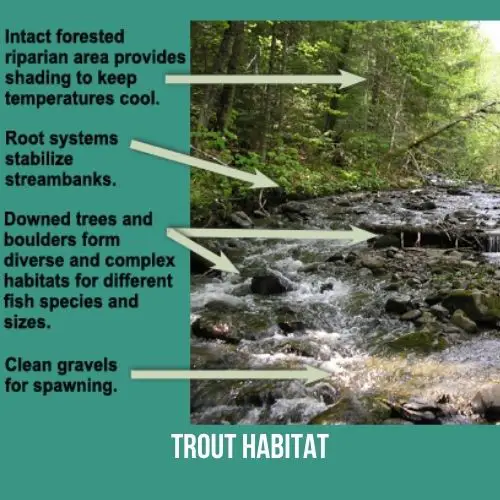
- Clean and Oxygenated Water:
Trout thrive in clean, well-oxygenated water. They are particularly sensitive to pollution, and their habitats are often indicators of good water quality. - Cool Water Temperatures:
Trout are cold-water species, and they prefer temperatures ranging from about 50 to 65 degrees Fahrenheit (10 to 18 degrees Celsius). Cold, clear streams and rivers are ideal habitats for many trout species. - Flowing Water:
Trout are commonly found in streams and rivers with a moderate to swift flow. Moving water provides oxygenation, a continuous supply of food, and suitable conditions for trout to thrive. - Stream Structure and Cover:
Trout prefers streams with a diverse structure, including riffles, pools, and runs. They seek cover in the form of rocks, submerged logs, undercut banks, and overhanging vegetation, which protect them from predators and aid in ambushing prey. - Gravel Beds for Spawning:
Many trout species, such as salmonids, require clean gravel beds for successful spawning. Gravel provides a suitable substrate for the deposition and protection of eggs. - Shade and Thermal Cover:
Trout are often found in areas with overhead cover, such as trees or streamside vegetation, which provides shade. This is important for regulating water temperature and avoiding overheating during warmer periods. - Proximity to Food Sources:
Trout habitats are typically located near abundant food sources, including aquatic insects, small fish, crustaceans, and other invertebrates. - pH and Water Chemistry:
Trout prefers neutral to slightly acidic water conditions. Monitoring pH levels and overall water chemistry is important for assessing the suitability of a habitat for trout. - Altitude and Elevation:
Trout habitats can span a range of elevations. Some species thrive in high mountain streams, while others are adapted to lower elevations. Altitude can influence factors such as water temperature and oxygen levels. - Seasonal Changes:
Trout are known to move within their habitats in response to seasonal changes. During warmer months, they may seek cooler, deeper areas, while in colder months, they might move to shallower, warmer sections. - Limited Human Disturbance:
Trout are sensitive to human disturbances. Ideal habitats are those with limited human impacts, such as minimal pollution, sedimentation, and disturbance from activities like logging or construction.
Understanding these habitat characteristics helps researchers, conservationists, and fisheries managers make informed decisions about habitat restoration, conservation efforts, and sustainable management practices to ensure the well-being of trout populations in various ecosystems.
Conclusion:
In conclusion, comprehending the diverse feeding habits of trout and recognizing their specific habitat characteristics is crucial for both ecological understanding and practical applications.
This knowledge not only aids in the conservation and management of trout populations but also enhances the success of sport fishing endeavors. Trout serve as valuable indicators of aquatic ecosystem health, emphasizing the interconnectedness of freshwater environments.
As stewards of these ecosystems, it is imperative to consider the impact of human activities and adopt practices that preserve the delicate balance sustaining trout and their habitats.
FAQs:
Certainly! Here are some frequently asked questions (FAQs) about trout, their diet, and habitats:
1. What do trout eat?
Trout have a varied diet that includes aquatic insects, small fish, crayfish, worms, and other invertebrates. They are opportunistic feeders and adapt their diet based on the availability of prey in their habitat.
2. Do all trout species eat the same things?
While there are commonalities in the diets of different trout species, there can be variations. Some species may show preferences for specific types of prey or habitats, influenced by factors like geographic location and local environmental conditions.
3. Why are trout considered indicator species?
Trout are sensitive to changes in water quality and habitat conditions. As such, they are often considered indicator species. Monitoring trout populations can provide insights into the overall health of freshwater ecosystems.
4. What is the best bait for trout fishing?
Effective trout baits include live bait such as minnows, worms, and insects, as well as artificial lures like spinners, spoons, and flies. The choice of bait can depend on the specific trout species, habitat, and angling conditions.
5. What are the preferred habitat characteristics for trout?
Trout thrive in clean, cool, and oxygenated water with diverse stream structures. They seek cover in the form of rocks, logs, and vegetation. Suitable habitats also include gravel beds for spawning, shade for temperature regulation, and proximity to food sources.
6. How does climate change affect trout habitats?
Climate change can impact trout habitats by altering water temperatures, precipitation patterns, and stream flows. These changes can affect the distribution of prey species, spawning conditions, and overall habitat suitability for trout.
7. Are all trout cold-water fish?
Yes, trout are generally considered cold-water fish. They prefer water temperatures ranging from about 50 to 65 degrees Fahrenheit (10 to 18 degrees Celsius). However, specific temperature preferences can vary among different trout species.
8. Why is understanding the trout diet important for anglers?
Anglers benefit from understanding the trout diet as it helps them choose effective baits and lures. Mimicking the natural prey of trout increases the chances of attracting them, making fishing more successful.
9. How can human activities impact trout habitats?
Human activities such as pollution, deforestation, and construction can negatively impact trout habitats. These activities can degrade water quality, reduce habitat complexity, and disturb the natural balance of ecosystems, affecting trout populations.
10. Are trout populations threatened?
Some trout populations face threats such as habitat loss, pollution, overfishing, and the impacts of climate change. Conservation efforts and sustainable management practices are essential to ensure the long-term survival of trout species.

